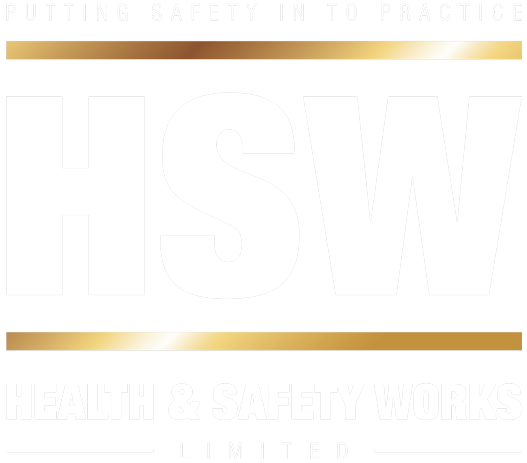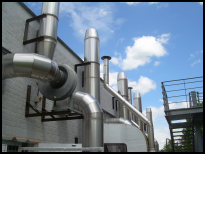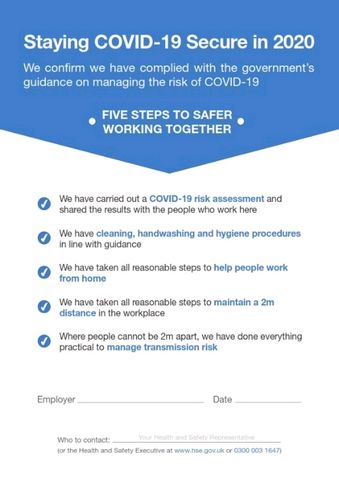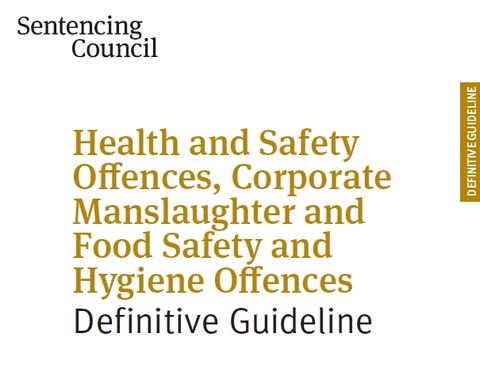Feeling hot, hot, hot!
Here at HSW we are most definitely feeling the effects of this heat wave. With temperatures set to rise over the next couple of days to the mid-thirties (let’s hope those thunderstorms do come soon) we thought we’d visit the topic of thermal comfort at work.
The heat, as amazing as it is, can sometimes cause havoc at work for employees and employers alike, as a nation we are not used to consistently hot temperatures. From office work, to manual labour, to manufacturing sites and retail – there’s an impact on us all. Heat affects the whole body, in excessive temperatures the body is having to work extra hard to cool itself to function and deliver a day’s work. This with a mediocre sleep being experienced by most, means fatigue will start to take its toll, ill health creeps in and incidents can occur.
What can employers do?
In the UK there currently is no legal limit for maximum working temperatures; continuation of work is based on what is deemed reasonable to the business. So, what should you be considering as an employer, to ensure working temperatures remain reasonable, employees remain comfortable and work remains efficient.
We recommend our customers review their current arrangements, thermal comfort should always be considered as part of the business risk assessment where there is a risk of discomfort from heat (or cold) stress. Remember risk assessment is fluid and always changing.
You need to think about what your employees do? How they may be affected? Discuss how they feel, what tasks seem to have the most issues and what they think would help (after all safety involves everyone).
What should we consider?
Well firstly, level of activity – are the days spent constantly moving, exerting physical energy or are they working indoors surrounded by equipment?
What is the environment like? Are there additional heat sources in the environment, for example ovens, hot surfaces and machinery, molten metals, even people? Is the area confined? If its external, does it offer any shade? Is there free movement?
Is there any air movement? Are there windows or venting systems allowing the movement of air (air cooler than the ambient temperature) which can help reduce temperatures or provide a breeze for employees.
Are there elevated levels of humidity? Humidity levels will affect the body’s ability to self-regulate temperature.
What sort of clothing, PPE or uniform is worn? Some choices can cause discomfort, such as heavy dark fabrics, clever choices can let individuals adapt to the environment. Review whether summer ranges (light, breathable materials) can be supplied.
Who you employ…not just generally but individually. Metabolic rates will affect things. Physical characteristics such as size, age, fitness level, whether a person is expecting or whether there are any health conditions which could make them more susceptible. Remember no two people are the same and some will feel the ‘heat’ more so.
What can we do?
Obviously as a business, you want to keep your employees happy, healthy and working conditions efficient. There are some simple steps that can be taken to help to manage things;
Review working schedules; would it be possible to plan physically demanding work at cooler times of the day?
For those carrying out demanding work, allow the work rate to slow or for extra breaks to be taken allowing them to cool.
Ensure employees take their rest breaks. And whilst you can’t stop it, encourage them to do so in the shade…its tempting to top up the tan but this can lead to further fatigue and risk of overheating.
Encourage employees to keep hydrated. Position water in easily accessible places. Where water cannot be cooled, aim to position it in a shaded area.
Encourage outdoor employees to use sun creams and blocks, it is recommended that SPF 15 is used as an absolute minimum. It is also recommended that clothing is worn to shield the skin.
Inside buildings encourage air circulation by providing fans. If you are lucky enough to have air conditioning units, set the temperature to a comfortable level (don’t forget to ensure your units are maintained).
Ensure radiators are switched off and that hot plant or pipes are insulated.
Reposition work stations to shaded areas.
Clothing, Uniform and PPE is reviewed, and where applicable summer alternatives provided. Where office staff are required to dress to a formal dress code, perhaps review the requirement and relax where possible.
We are stuck
If you are still unsure of how to manage thermal comfort, then you can access plenty of free resources on HSE.gov.uk or alternatively, if you want to discuss your exact requirements with someone please feel free to give a member of the HSW family a call or email.
Read More













